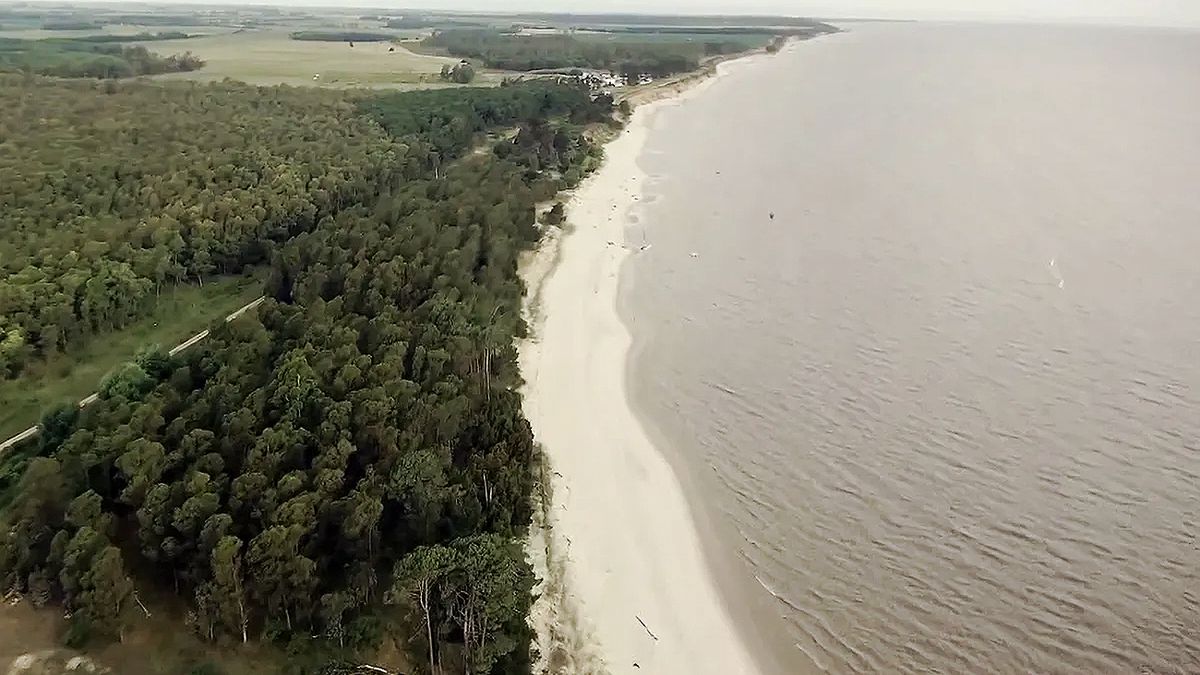The National Administration of State Sanitary Works (OSE) and the Montevideo Water Consortium submitted a report to Ministry of Environment where they specify that a water catchment area of the Neptune Project could generate cyanobacteria in periods of hot weather.
On the other hand, it establishes that “drinking water supply systems are more sensitive to the characteristics of the community phytoplanktonics, fundamentally due to the presence of potentially toxic species capable of developing harmful algal blooms,” according to the report published by La Diaria.
According to the study, these algae could produce a “flavor alteration and the odor of drinking water, linked to volatile chemical compounds produced by cyanobacteria and other microorganisms that have an odor similar to humidity and generally have low toxicity for humans.
In that sense, they highlight that this could occur in the hottest periods of the year, a time when there is a greater demand on the water network. “It is feasible the occurrence of episodes of algal blooms with maximum values recorded in the catchment area of 4,000 cells/mL (average cell density)”, adds the study.
The Arazatí project would produce dozens of “significant” environmental impacts
He Arazatí project could cause 93 types of environmental impacts in the area, of which 27 present a “significant negative potential”and therefore, “they need a specific evaluation,” according to the Location Environmental Viability Report, which was prepared by the consulting firm CSI Ingenieros and which was presented by SBI before him Ministry of Environment in August of last year.
This government plan to install a water treatment plant in the department of Saint Joseph at the hands of a private company could present other additional complications, for which the document suggests that “a complete environmental impact study” be carried out.
In addition to drinking water Silver river to carry it through pipes to the homes of Montevideo and the metropolitan areathe Neptune project (as it is formally known), plans the construction of an artificial lagoonwhich will be a reserve of fresh water.
In the report, it is stated that this artificial lagoon would modify “surface runoff and the hydraulic regime of water courses”, which would trigger Soil “erosions” and potential groundwater “pollution”among other problems.
At the same time, it is found that The work will require the expropriation of about 250 hectaresand that the pipes must pass through some 114 standards, in an agro-forestry production area, causing a “socioeconomic impact on the population” of the place.
Source: Ambito




